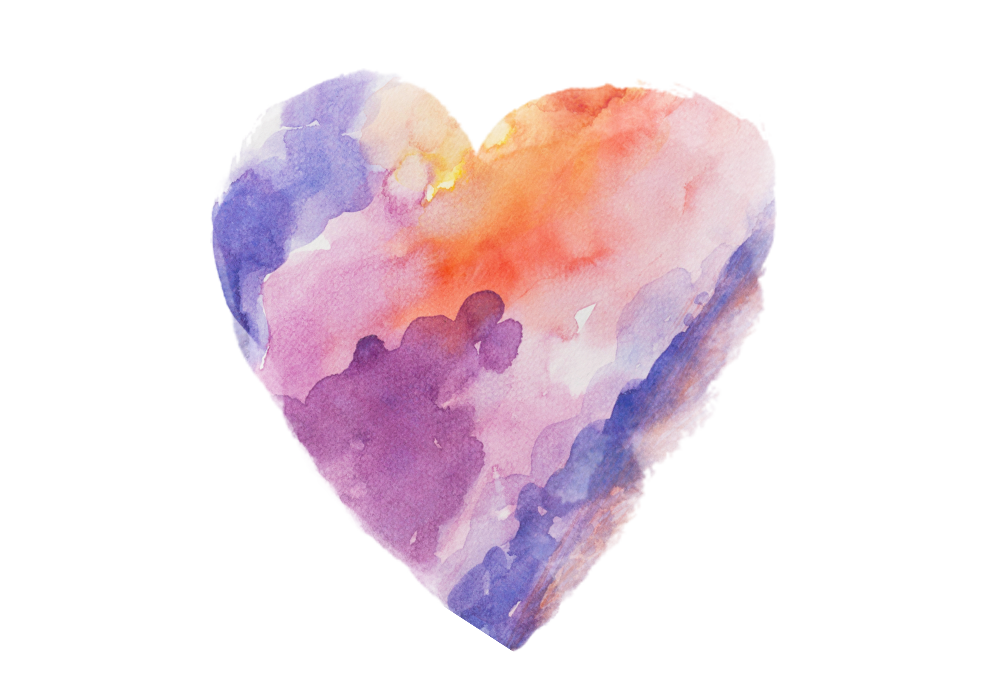Coping with Vicarious Trauma of the Los Angeles Fires
By Jenny Robbins, LPC, CBC
South Platte Counseling, Englewood, Colorado
While it’s right to think first and foremost of those directly impacted by the fires in the Los Angeles area, it’s also completely normal to feel upset from afar by what is happening. It is human to have strong feelings about the frightening images, seriousness, and scale of the devastation we are seeing.
Colorado, like many states in the West, is no stranger to massive wildfires. The Hayman fire in 2002 was visible all along the populated Front Range. I remember pumping gas in an eerie pinkish ambiance with ash falling on my car like snowflakes. In 2021 we experienced the horror of the Marshall Fire ravaging suburban neighborhoods, and countless significant wildfire events between. These, the Maui fires in 2023, and Los Angeles fires presently, have ushered a terrifying shift from “wildfires happen in the mountains and forests” to “it could happen absolutely anywhere.”
Sadly, Colorado is also no stranger to incidents of mass violence, such as school and theater shootings. It is no longer surprising to encounter individuals directly impacted by two, three, or more of these incidents.
Our communities are ever more connected and global. With technology, instantaneous communication, and travel (I’m on an airplane writing part of this!), our interconnectedness means that Boulder County, Maui, and Los Angeles aren’t as far away as they used to be.
Did you know that our brains don’t much care if something is not directly happening to us? We can have the feelings of a stress response (fight, flight, or freeze or Sympathetic Nervous System response) going into effect in our bodies. We may feel adrenaline and cortisol flowing, breathing and heartbeat quickening, or palms sweating. Even just seeing tragedy in written form, or viewing a photo can cause a real, physiological vicarious trauma response.
Examples of vicarious trauma reactions could be: intrusive visualizations, unhelpful evaluations (“the entire world is falling apart”), feeling detached, irritability, feeling “on guard,” difficulty concentrating, and problems sleeping.
In short bursts, a stress response does what it is supposed to: help us fight, flee, or freeze to survive a danger. Long term, though, the chemicals that are released are damaging to our cells and quite literally shorten lives. So you see, it’s not only a warm and fuzzy idea to care for ourselves in a stress response…it’s imperative for our health and longevity.
The cortex, or thinking brain, is on hold until “the alarm” quiets. When we are watching or scrolling hours and hours of coverage, when are we giving the alarm a chance to quiet? We must be intentional about treating a vicarious trauma response, and bringing the body back to a calm state (homeostasis).
Professionals agree on some effective ways to cope: spending time with others, mindfulness, exercising, eating well, journaling, counseling, connecting with people, engaging in hobbies/enjoyable activities, getting outside/into nature, grounding exercises, like planting your feet on the ground, disengaging with screens, and resting. On some level we know this, right? But when we’re stressed, it’s difficult to do.
Breaking it down into 3 steps can help:
Step 1: Remove yourself from what is activating. Could you step away from/turn off some of that repetitive news coverage?
Step 2: After step 1, you may find you have created space for mindfulness. Don’t be put off by what may sound like a buzz word—mindfulness is basically being in the moment and in your body, and is tremendously effective in trauma care. (You can practice mindfulness this second by asking, What is going on within me in this moment? What am I sensing? How am I feeling? There. That was a mindfulness practice!)
Step 3: Focus intentionally on interventions that work for you. It could be going to that beginner tap class or petting your cats. (OK, those are totally my go-tos; don’t judge!) For you it could be creating the space to take a truly-disengaging-from-work lunch break, or making that coffee date with a friend happen.
So often we struggle with either/or, black and white, thinking. This might sound like, “How can I enjoy my dinner safe and sound inside my home, while others have lost everything?” It can be helpful to remind ourselves that we can hold two (or more!) truths at once. For example, we can feel sincere empathy, and feel existential angst that it could happen to us. When we drop the either/or struggle, we can more easily drop the guilt, and make room for all of our authentic and human responses.
OK, we know that disengaging and unplugging are helpful for vicarious trauma. How do we actually do it, when our devices are always right there?
Tip 1: One strategy is to only look at media at certain times of day, for a limited duration, and then do something relaxing afterwards. This might sound like, “I won’t automatically wake and scroll. I’ll let myself look at news after lunch for 10 minutes, then I’ll take a little walk, or chat with a friend.”
Tip 2: Be conscious of where you get your information. Pick out only a couple trusted sources and disengage from the rest. Boom—with this strategy alone you’ve just cut out a lot of noise!
My colleague has a “circle of control” image hanging in her office. There is a small circle in the center with words for what we can control (basically ourselves, our choices, and our attitudes) and larger circle outside with words for what is out of our control (basically others, and circumstances we may have been dealt). In the face of wildfires in Los Angeles, what we can control could include the amount of media we consume, how much sleep we allow opportunity for, and whether we reach out for, and to, support.
Focusing on ways to help can manage feeling out of control when natural disasters occur. Our brains are wired to be social, and creating connections within something larger than ourselves adds to our wellbeing.
Often we have to do our vicarious trauma processing in tandem with helping. Life doesn’t stop while we neatly and tidily complete our healing work (wouldn’t that be nice?!). We must create those times and spaces while taking care of our responsibilities. Sure, we could white-knuckle it and forego our own process, but that isn’t generally sustainable.
Tara Brach is a mindfulness teacher and psychotherapist. She teaches that we can use the practice of RAIN, a combination of mindfulness and self-compassion, when we find ourselves suffering. We can: Recognize, Allow, Investigate, and Nurture.
Recognize – Recognize what you’re experiencing. No judgments. This might sound something like: “I am recognizing that my mind and heart go out to the communities devastated by the fires.” Or that I am remembering when my friend had to evacuate during the Marshall Fire. Or that I remember the healing art collage with families who lost their houses exploring, “What is ‘home’?” I could recognize that I am feeling anxious for the safety of my family members who live in the Los Angeles area.
Allow – What feelings can you allow without trying to sanitize them? This might sound like: “I empathize with others’ losses, and my own feelings of loss are cropping up, too.”
Investigate – Investigate 1. how you are feeling the emotions in your body. This may be, “I feel sadness in my chest. I feel grief in my throat.” And investigate 2. what those places need. “The sensations in my chest could use some deep breaths. The lump in my throat could use a mug of hot tea.” Be as creative as you need to be!
Nurture – Did you know that the simple act of putting a hand over your heart releases oxytocin, a feel-good nurturing chemical? What nurturing message do you need to hear from yourself? This might sound something like, “It’s OK that I care and that I have feelings about what is happening in Los Angeles. It’s part of my common humanity.”
After the RAIN – Spend a little time sensing the presence that emerges.
As I close this post, I’d like to relay what trauma and grief researcher, Dr. Joanne Cacciatore, says about the martial art of Aikido. It engages the center with a soft belly and strong back. It accepts the energy, integrates the energy, and directs or redirects the energy when it is ready. We can practice “mental Aikido” in coping with vicarious trauma. We can accept what is happening and where we are at. We can integrate the experience as it truly is, tending to what needs to be tended to. And we can redirect the energy in the form of self care, other care, community care, all those places of empowered control, when we are ready.
About the Author:
Jenny Robbins, LPC, CBC
Jenny is a licensed professional counselor at South Platte Counseling in Englewood, Colorado. She is a certified provider of Compassionate Bereavement Care™ (trauma and grief education). In the years since the death of her son, Kade, in 2012, and becoming a therapist specializing in trauma and grief, Jenny discovered she has a heart for providing support in the wake of critical incidents. She provides critical incident support for schools and businesses. After a school shooting occurred “in her own backyard” in Highlands Ranch, Jenny became a part of the team at the resiliency center that opened there. She is eternally thankful to HeartLight Center for its role in her grief healing, learning, and connecting. In her down time, you might find Jenny curled up with a book and her cats or on a mountain trail with her husband and high schooler, Asher.

